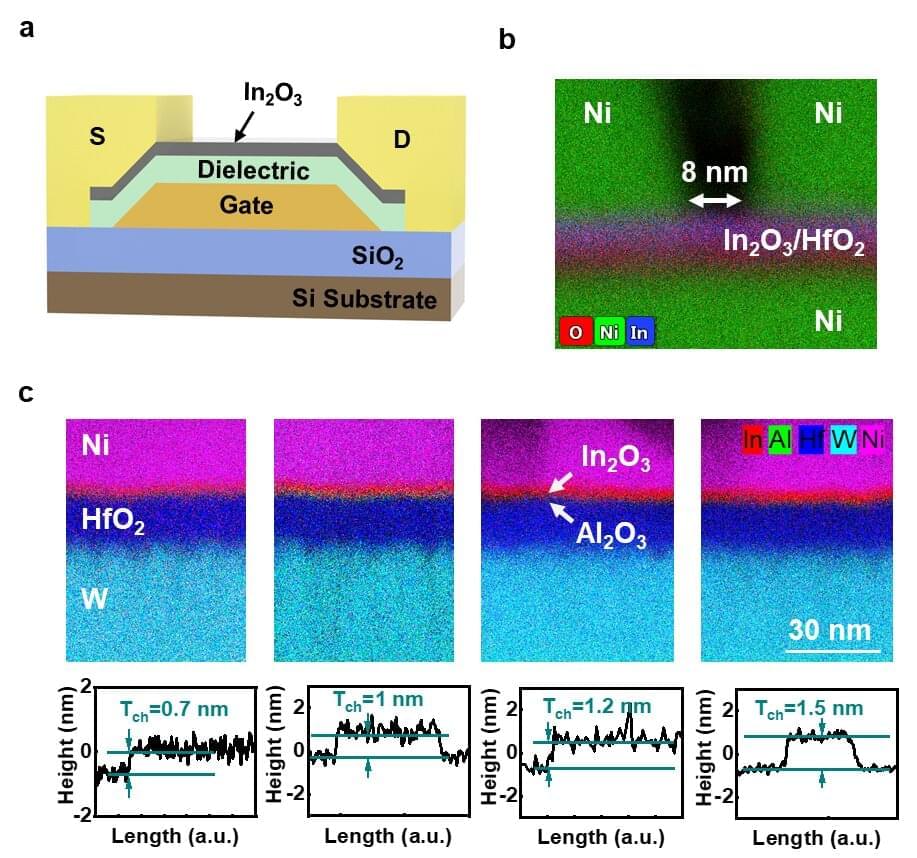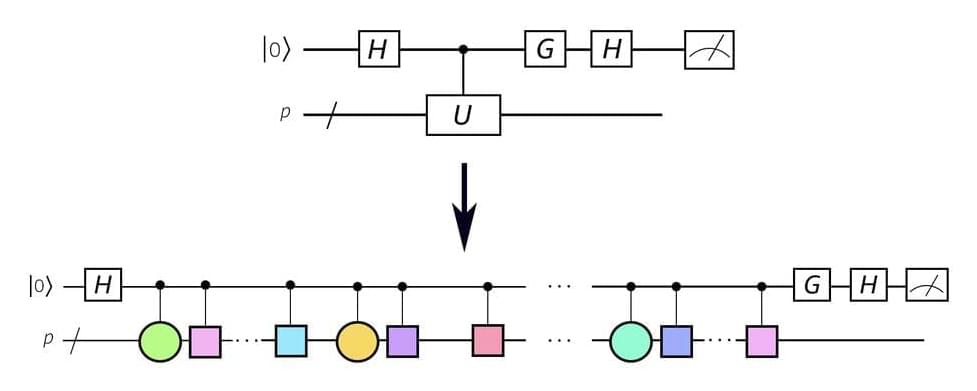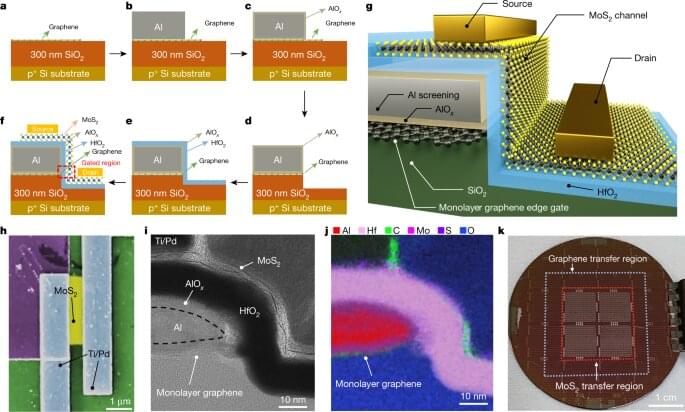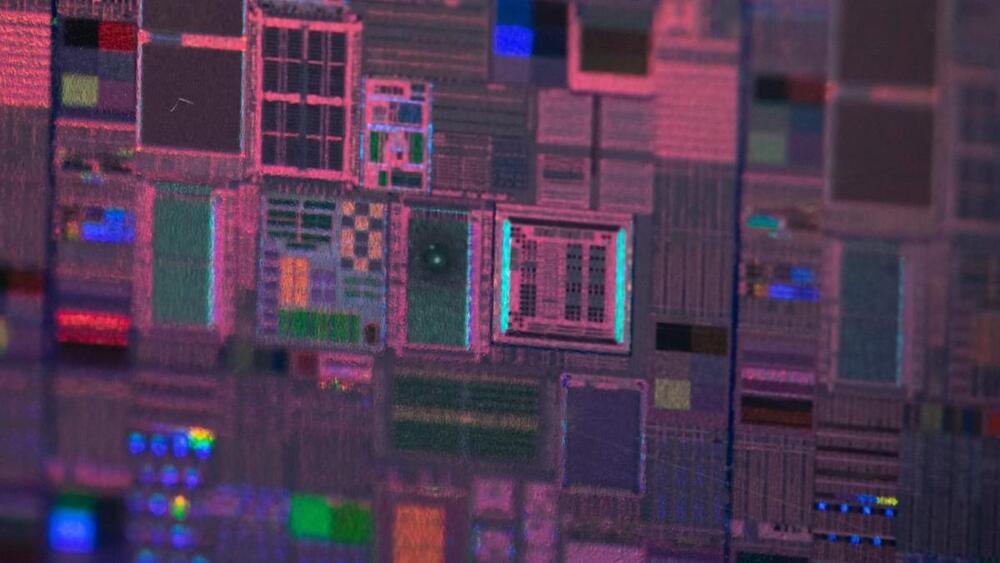Over the past decades, engineers have created increasingly advanced and highly performing integrated circuits (ICs). The rising performance of these circuits in turn increased the speed and efficiency of the technology we use every day, including computers, smartphones and other smart devices.
To continue to improve the performance of integrated circuits in the future, engineers will need to create thinner transistors with shorter channels. Down-scaling existing silicon-based devices or creating smaller devices using alternative semiconducting materials that are compatible with existing fabrication processes, however, has proved to be challenging.
Researchers at Purdue University have recently developed new transistors based on indium oxide, a semiconductor that is often used to create touch screens, flatscreen TVs and solar panels. These transistors, introduced in a paper published in Nature Electronics, were fabricated using atomic layer deposition, a process that is often employed by transistor and electronics manufacturers.









